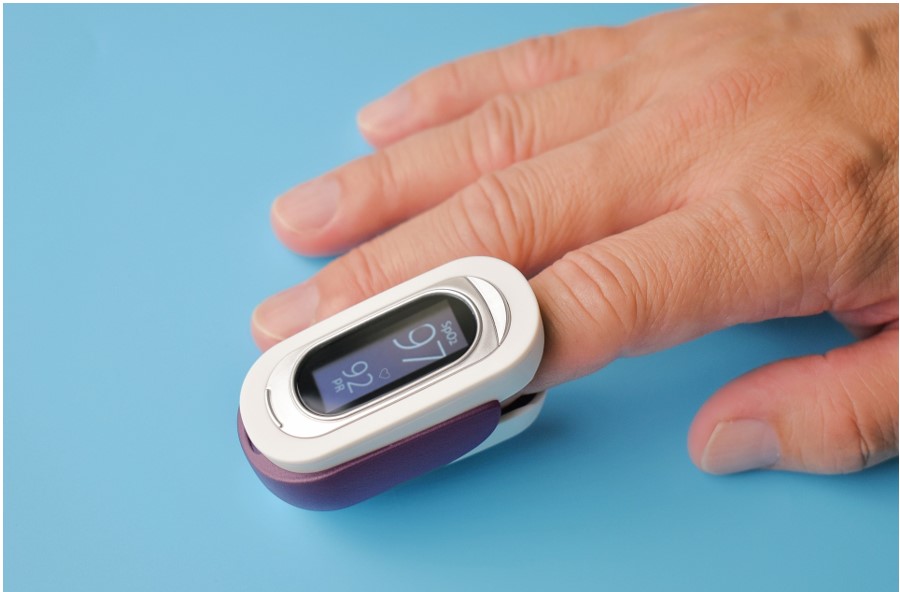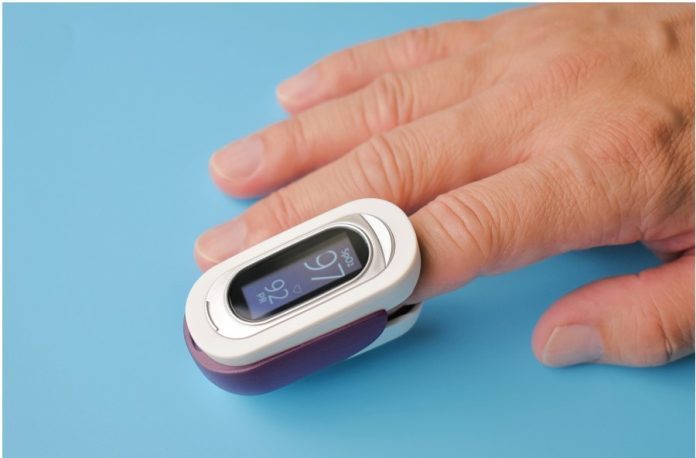Pulse oximeters
These days, a pulse oximeter can be found practically in every home. Since an increasing number of individuals worldwide are contemplating doing self-health assessment tests at home, pulse oximeters are acquiring enormous momentum in every region of the world.
It is anticipated that the worldwide market for pulse oximeters will rise at a compound yearly growth rate (CAGR) of 6.4% between 2021 and 2028.
Factors for rising demands of oximeters
Here are some of the factors that contributed to the rising demand for oximeters:
Medical Ailments
Pulse oximeters are helpful for those who have disorders that impact the amount of oxygen their blood contains. For instance, a sleep expert may advise using a SpO2 to monitor oxygen saturation level throughout the nocturnal hours of a patient suspected of having sleep apnea or who snores loudly.
In addition, pulse oximetry may offer feedback about the efficacy of breathing therapies such as oxygen therapy and ventilators.
Monitoring While Exercising
Certain physicians use pulse oximetry to determine whether or not it is safe for patients with cardiovascular or respiratory conditions to exercise. These physicians may also suggest that their patients wear pulse oximeters while working out. It is just one of many different kinds of technologies that were useful during the difficult and worrying times of the epidemic. It is thus impossible to place an adequate amount of emphasis on the significance of pulse oximeters among medical professionals and people all over the world.
Increasing Respiratory Issues
The demand for pulse oximeters skyrocketed during the pandemic and continues to skyrocket daily due to the increasing prevalence of respiratory diseases among millennials and geriatric populations across the globe.
The regional expansion is driven by several factors, including a rise in surgical operations, impending potential for point-of-care testing, new FDA approvals for pulse oximeters, and technical improvements in pulse oximetry devices.
Introduction of Advanced Oximeters
Furthermore, factors such as the availability of newly developed Fingertip Pulse Oximeters capable of measuring pulse rate, perfusion rate, and respiration rate, in addition to detecting oxygen levels, are also anticipated to propel the market. This is one of the factors that is expected to propel the market.
Increase in Diagnostic and Postoperative Treatments
A smart pulse oximeter is a gadget that does not need the patient to have any invasive procedure performed to monitor their oxygen level and heart rate. During the diagnostic process and the postoperative treatment of patients, the information that these devices provide that is clinically useful relates to their current state of health. This information is very important when determining whether a patient must be maintained on a ventilator.

Smart oximeters are used in emergencies, before and after surgery, during ongoing treatment in hospitals, and for home healthcare. People who suffer from chronic obstructive pulmonary disease (also known as COPD), asthma, and other respiratory disorders might benefit from using these devices. A rise in the elderly population and an increase in the prevalence of chronic health disorders such as COPD and sleep apnea have contributed to the expansion of the market for smart pulse oximeters.
Disclaimer: This post is for the educational purpose.
Read this also: Covid-19 Nasal Spray Vaccine

Factors for rising demands of oximeters
- Medical Ailments
- Monitoring While Exercising
- Increasing Respiratory Issues
- Introduction of Advanced Oximeters
- Increase in Diagnostic and Postoperative Treatments

